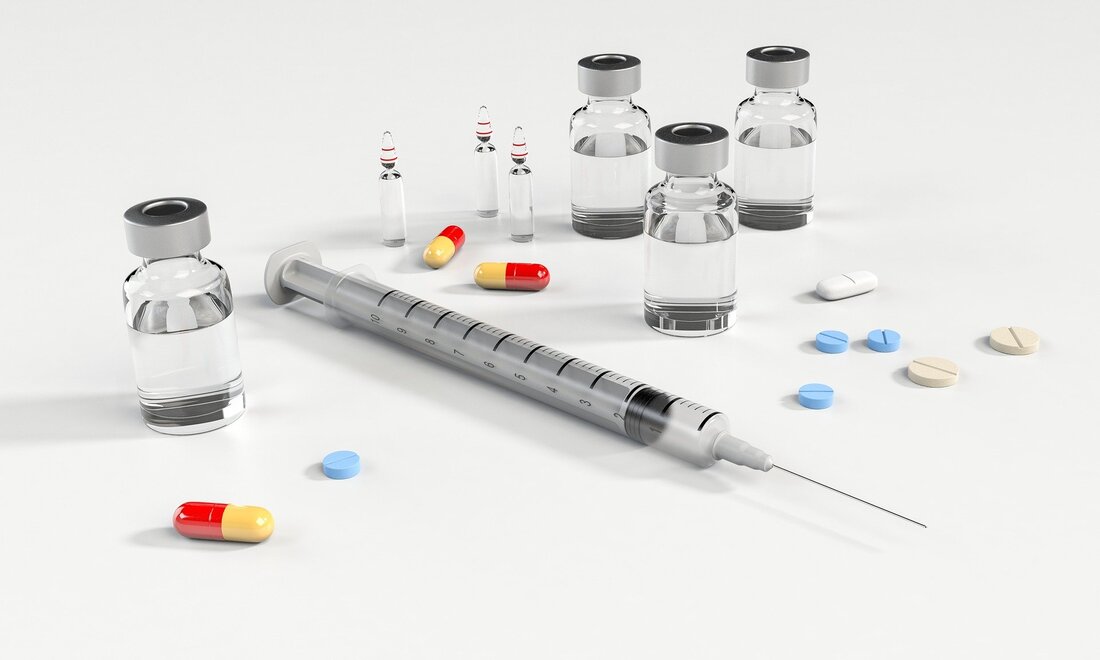|
What is Surgery – Ruptured Spleen Symptoms
Splenic rupture is a condition in which the spleen ruptures. DEFINITION A significant intra-abdominal haemorrhage can arise from a splenic rupture. a severity rating system (American Association for the Surgery of Trauma) Minor subcapsular rupture (1 cm) or haemorrhage, (grade 1) (10 percent of surface area) Non-expanding subcapsular haematoma (Grade 2) Intraparenchymal haematoma, 10–50% of surface area, 5 cm diameter ruptured subcapsular or intraparenchymal haematoma involving more than 50% of the surface area, intraparenchymal haematoma involving more than 5 cm, laceration involving more than 3 cm or involving trabecular arteries (Grade3 ) Laceration of segmental or hilar arteries, resulting in severe devascularization (Grade 4) Spleen devascularization, broken spleen, and hilar vascular injury (Grade 5) AETIOLOGY The most common causes are non-penetrating trauma or rapid deceleration injury. This syndrome has also been associated to traumatic internal organ injuries, such as the liver, kidney, pancreas, and diaphragm, as well as rib fractures. Splenomegaly and its causes, such as infectious mononucleosis, malaria, and leukaemia, are linked to an increased risk of rupture even from minor trauma. EPIDEMIOLOGY It's fairly common, with up to 25% of major trauma patients experiencing some kind of it. HISTORY A history of blunt trauma exists. Kehr's sign is abdominal pain that can be generalised or specific to the left flank, with referred pain to the left shoulder point. EXAMINATION In the abdomen, there is tenderness, guarding, and rigidity (generalised or left flank only). Symptoms of shock (e.g. hypotension, tachycardia). There may be a delay in rupture for several days following the trauma due to the formation of a subcapsular haematoma that grows in size before rupturing. INVESTIGATIONS Blood tests include FBC, U&Es, LFTs, clotting, and crossmatch. A targeted sonographic examination for trauma in order to detect fluid in the peritoneal cavity, which could indicate an intra-abdominal haemorrhage. To detect splenic damage as well as other organ trauma, a CT scan is used. CXR may reveal rib fractures, diaphragmatic rupture, or a left pulmonary contusion. Diagnostic peritoneal lavage: Detects free intraperitoneal blood; now that FAST and CT scanning are available, this test is rarely done. MANAGEMENT It is determined by the patient's hemodynamic status as well as the degree of the lesion. Resuscitation includes wide-bore IV access, fluids, transfusion if necessary, and avoiding overinfusion (permissive hypotension may be tolerated). Grade 1 and Grade 2: Proceed with caution, keeping a close check on everything and conducting regular reviews. Consider interventional radiological methods to embolize a bleeding location. Grade 3: A laparotomy as well as splenorrhaphy/splenectomy may be necessary. Grades 4 and 5 require splenectomy. Following surgery, vaccination against pneumococcal, meningococcal (Men C), and haemophilus organisms is suggested. Children as young as 15 years old can receive antibiotic prophylaxis, with patients given a home supply of medicines to take at the first sign of infection. COMPLICATIONS As a result of the damage, there was haemorrhage and mortality. Splenectomy carries a number of risks, including haemorrhage, post-splenectomy sepsis, the risk of encapsulated organism infections, thrombotic vascular event (splenic/splanchnic venous thrombosis), pancreatic damage, pancreatitis, subphrenic abscess, gastric distension, and localised gastric necrosis. After splenorrhaphy, the leftover spleen bleeds or thromboses. PROGNOSIS There is a 75% likelihood of mortality if the condition is not treated. After treatment, the typical death rate ranges between 3% and 23%.
0 Comments
Leave a Reply. |
Kembara's Health SolutionsDiscovering the world of health and medicine. Archives
June 2023
Categories
All
|

 RSS Feed
RSS Feed